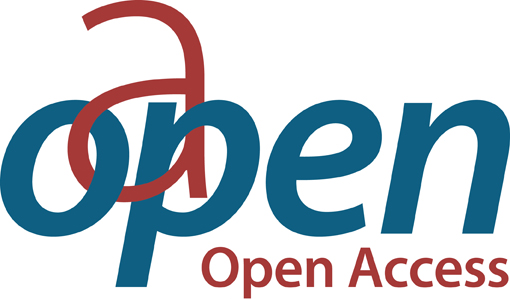Handbuch Barrierefreie Kommunikation
| dc.contributor.editor | Maaß, Christiane | |
| dc.contributor.editor | Rink, Isabel | |
| dc.date.accessioned | 2020-12-11T10:56:50Z | |
| dc.date.available | 2020-12-11T10:56:50Z | |
| dc.date.issued | 2018 | |
| dc.identifier | OCN: 1235833592 | |
| dc.identifier.isbn | 9783732904075 | en_US |
| dc.identifier.isbn | 9783732994182 | en_US |
| dc.identifier.uri | https://0-library-oapen-org.catalogue.libraries.london.ac.uk/handle/20.500.12657/43216 | |
| dc.description.abstract | Barrier-free communication includes all measures to reduce obstacles to communication in various situations and fields of action. Due to disabilities, illnesses, different educational opportunities or drastic life events, people have very different needs in terms of how texts or communications must be prepared for them in order to meet their individual requirements and access prerequisites. In this handbook, the topic of accessible communication is examined in interdisciplinary breadth and critically reflected upon. Current findings, proposed solutions and desiderata from research are juxtaposed with reports from practitioners and users who provide insights into how they deal with accessible communication and highlight current and future requirements and problems. Christiane Maaß, University of Hildesheim, is Professor of Media Linguistics at the Institute for Translation Studies and Specialised Communication and Head of the Research Centre for Easy Language. Isabel Rink, University of Hildesheim, is managing director of the Research Centre for Easy Language, programme coordinator of the Master's programme in Accessible Communication and a lecturer at the Institute for Translation Studies and Specialised Communication. | en_US |
| dc.language | German | en_US |
| dc.relation.ispartofseries | Kommunikation – Partizipation – Inkluion | en_US |
| dc.subject.classification | thema EDItEUR::C Language and Linguistics::CB Language: reference and general::CBG Usage and grammar guides | en_US |
| dc.subject.classification | thema EDItEUR::C Language and Linguistics::CF Linguistics::CFB Sociolinguistics | en_US |
| dc.subject.classification | thema EDItEUR::C Language and Linguistics::CF Linguistics::CFG Semantics, discourse analysis, stylistics | en_US |
| dc.subject.classification | thema EDItEUR::C Language and Linguistics::CF Linguistics::CFK Grammar, syntax and morphology | en_US |
| dc.subject.classification | thema EDItEUR::C Language and Linguistics::CF Linguistics::CFP Translation and interpretation | en_US |
| dc.subject.classification | thema EDItEUR::C Language and Linguistics::CF Linguistics::CFZ Sign languages, Braille and other linguistic communication | en_US |
| dc.subject.classification | thema EDItEUR::G Reference, Information and Interdisciplinary subjects::GB Encyclopaedias and reference works::GBC Reference works | en_US |
| dc.subject.classification | thema EDItEUR::G Reference, Information and Interdisciplinary subjects::GT Interdisciplinary studies::GTC Communication studies | en_US |
| dc.subject.classification | thema EDItEUR::J Society and Social Sciences::JN Education::JNF Educational strategies and policy | en_US |
| dc.subject.other | audio description; subtitling; barrier-free; barrier-free communication; barrier-free design; barrier-free bureaucracy; community interpreting; German as a Second language; Interpreting; sign language; sign language interpreting; inclusion; inclusive theatre; easy language; mental disability; translation; accesability; perceptibility; visual impairment | en_US |
| dc.title | Handbuch Barrierefreie Kommunikation | en_US |
| dc.type | book | |
| oapen.identifier.doi | 10.26530/20.500.12657/43216 | |
| oapen.relation.isPublishedBy | 68154ca9-944b-46a4-823f-3fb31adbbb48 | en_US |
| oapen.series.number | 3 | en_US |
| oapen.pages | 800 | en_US |

